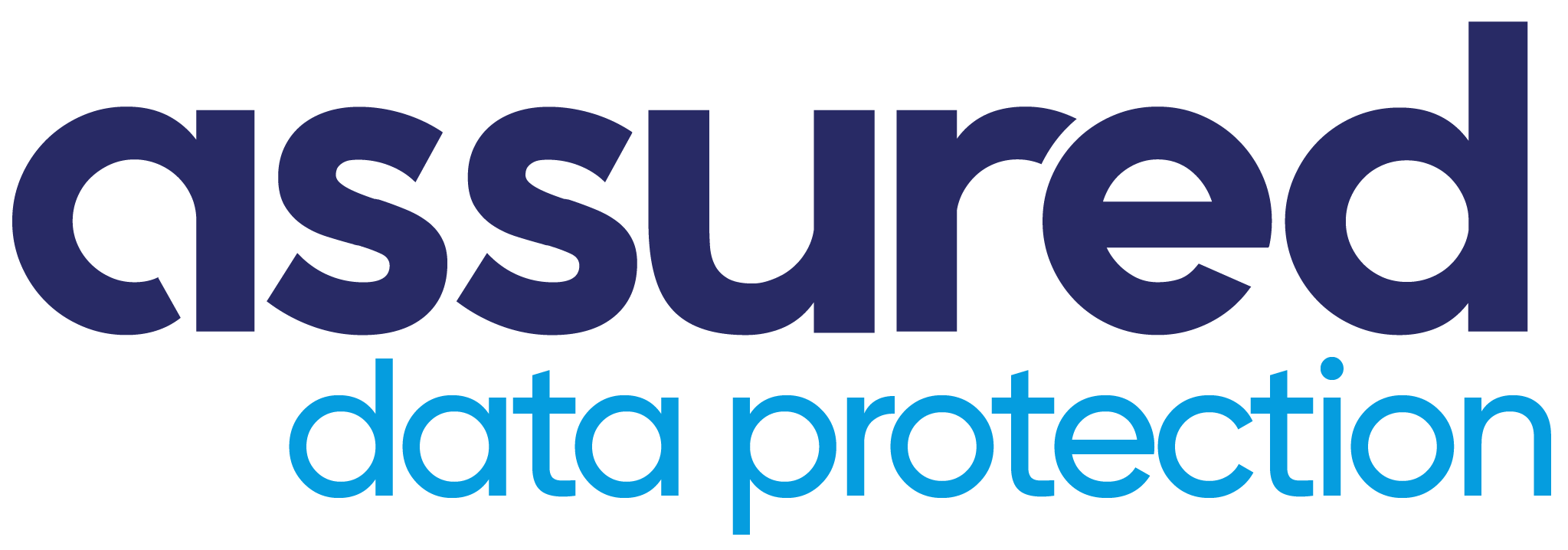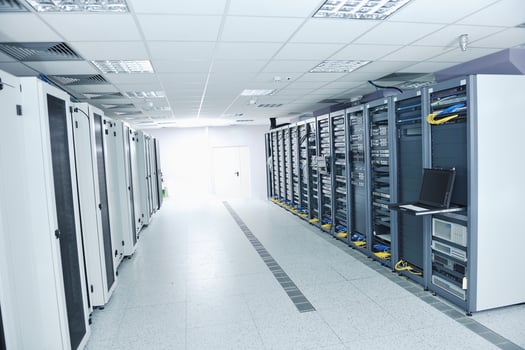Chapter 3
Chapter 3: Disaster Recovery as a Service
How does Disaster Recovery as a Service work?
Disaster Recovery as a Service (DRaaS) further enhances BaaS by providing the ability to replicate all the critical company information offsite to a disaster-recovery location. In the event of a significant IT failure, servers, applications and data can be brought online rapidly to allow the business to continue operating with minimum disruption.
It is fully managed, flexible and scalable, allowing any size of business to have their systems fully recovered by an expert third party at a geographically independent site, leaving their limited resources free to handle operations locally.
What are the costs associated with Disaster Recovery as a Service?
One of the best things about this option is that DRaaS offers high-performance DR at a fraction of the cost of legacy solutions. This makes it almost impossible for decision makers to deny Disaster Recovery as a Service’s validity as an option for your business.
Traditionally, running DR in-house would carry significant upfront costs, including having to up-skill and train existing staff, or even invest in new staff, plus the extra time it takes to manage, maintain and test.
Not only is Disaster Recovery as a Service cost effective, but sending your on-premise data to the cloud is quick and easy, further improving the productivity of your team.
What are the pros and cons of DRaaS?
The pros of Disaster Recovery as a Service:
- It offers rapid recovery with minimal input from your IT staff in a time of crisis.
- It’s a weight off your mind: you get to hand over responsibility to an experienced third party to help you manage the responsibility of disaster recovery.
- Because data is stored on disc with error checking and parity, it is much more reliable, giving you the confidence that all of your data can be restored.
Ian Thompson, explains why DRaaS offers such a lifeline for many businesses:
“In the event of a disaster – if you imagine a fire, a flood, or a natural disaster; or something that's suddenly caused your building to be inaccessible or inactive; or your servers don't work – to actually be able to offload a massive chunk of that responsibility is an enormous relief.”
The cons of Disaster Recovery as a Service:
There are no cons per se, just a few things to bear in mind:
- Frequent changes become your responsibility to share with your provider: if you regularly change your servers, the layout of your data, or the way your products work, you will have to keep your provider frequently updated. This is no longer an in-house managed process; you need to inform your external DRaaS provider so they can best update your systems and keep you fully protected.
- Companies with particularly sensitive data (such as government bodies or financial institutions) might not want their data being recovered in a third party data centre. If this is the case, they can opt for a fully private cloud BaaS and DRaaS solution to ensure compliance.
Who would Disaster Recovery as a Service benefit most?
The purpose of this guide isn’t to just tell you about every solution that would suit you. It is to help you drill down into what you need, ahead of pursuing your ultimate choice. As long as you have a disaster recovery plan, it’s up to date, and is tried and tested, then you may decide this service isn’t for you. However, it does suit many types of organisations including:
- Small to medium enterprises (SMEs). However, DRaaS can also be deployed for larger companies within their own environment.
- Enterprises with a single site where all your technology resides, this option is a good choice.
- Businesses with a single or a small IT department. They will really see the value of Disaster Recovery as a Service, where it may not be as cost effective for them to run it themselves in-house.
How long would DRaaS take to get up and running?
The average time for Disaster Recovery as a Service full setup is around 6 weeks. The timeline may look something like this:
- Initial deployment
- Backup configuration
- Initial backups between 1-2 weeks
- Backups are replicated over weeks 3-4
- The disaster recovery test is scheduled over weeks 5-6
If there is a particular need to get a disaster recovery tested quickly, then it is possible to do it faster. However, in most cases businesses are in no great rush to complete it as they would rather get it right.
--
 How reliable is DRaaS?
How reliable is DRaaS?
DRaaS needs to be reliable. It’s an insurance policy to call on, should the worst happen. So if you’re not confident it’s going to work when needed, you should probably work with your existing technology to perfect that recovery, or consider looking at alternatives.
A good DRaaS provider will not only allow you to test the recovery platform, but should actively encourage testing. Only by testing the process, end to end, can you be confident that DRaaS will be reliable when called upon.
Once tested, issues are ironed out, and the process documented, DRaaS should be a very reliable and dependable process that, all being well, you will never need.
In this Information Age article, they explore how – despite the widely acknowledged dangers of not having a disaster recovery provision at your organisation – there are worrying statistics that show how many companies don’t have a reliable solution in place, in the event of a disaster:
“Only 29% [of participants] said they could get hardware to replace servers... and just 29% said they could recover to the cloud, 54% admitted they couldn’t – 17% said they didn’t know... What’s clear from our research is that, for many companies, disaster recovery is shelfware, set up once and then rarely, if ever, tested or thought of again.”
How does Disaster Recovery as a Service save time?
DRaaS offers the ability to rapidly restore replicas for testing or recovery without impacting ongoing replication or production – a massive bonus for most companies who want minimal interruptions to their workforce while undergoing a change in provider.
As Rob Mackle, Director and Co-Founder of Assured DP explains, time management is amongst the main concerns of most customers he speaks to:
“For a lot of people, their priorities come down to: finding a great service and improving internal time management. They’re considering how much resource staff are having to spend on backups. Often they might have outsourced their solutions in the past and their outsource providers didn’t do a great job, so they’re looking for a provider who will actually deliver.”
How does DRaaS differ from traditional solutions?
Some of the biggest differences compared to solutions you might be using at the moment include:
- No need for additional hardware, software or a secondary site.
- No need to up-skill - The MSP is skilled in recovery, so you don’t have to be.
- Seamless crossover: the data is already sat on disks in the DR site so it can be accessed natively – there’s no waiting around for lengthy restorations.
 You know you need to make changes to protect your company’s data, but the options seem endless, and you’re not sure which choice is right for your business. You might be wondering why disaster recovery and business continuity planning is so important, or maybe you just need to know more about the options available to you.
You know you need to make changes to protect your company’s data, but the options seem endless, and you’re not sure which choice is right for your business. You might be wondering why disaster recovery and business continuity planning is so important, or maybe you just need to know more about the options available to you.

 This is the ultimate option for businesses who want a comprehensive solution to their data protection. It unifies backup, recovery, analytics and compliance into one high-end solution. Perfect for businesses who don’t want to miss a beat when providing an up-to-date, thorough and secure data-recovery solution.
This is the ultimate option for businesses who want a comprehensive solution to their data protection. It unifies backup, recovery, analytics and compliance into one high-end solution. Perfect for businesses who don’t want to miss a beat when providing an up-to-date, thorough and secure data-recovery solution. 


